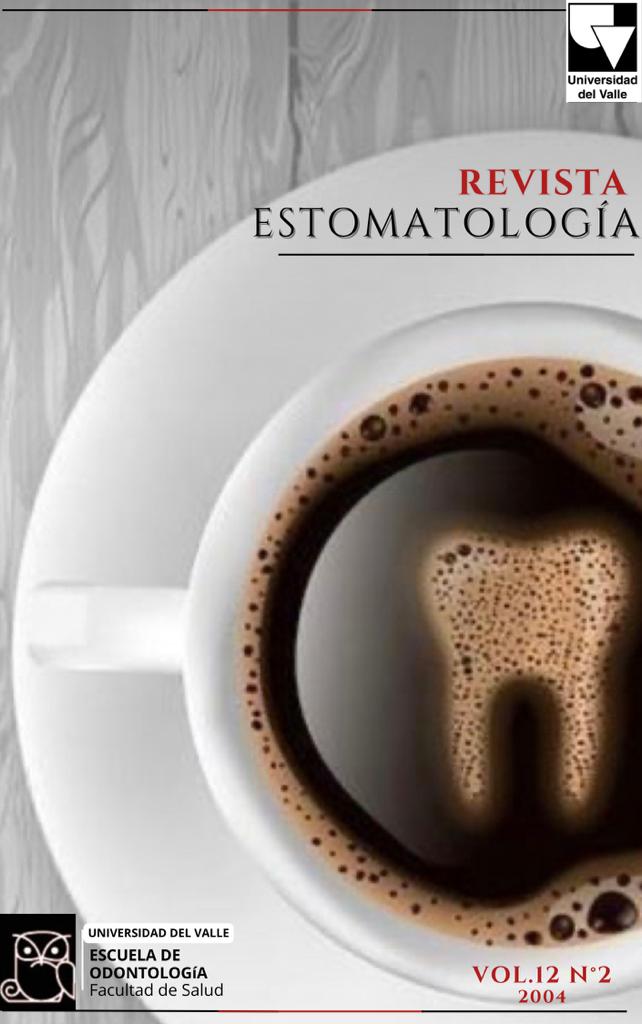Odontología forense: identificación odontológica de cadáveres quemados. Reporte de dos casos
Keywords:
Forensic dentistry, dental identification, burned corpses, legal dental clinical history, antemortem - postmortem comparisonMain Article Content
This article, identifies the contribution of dentistry to the forensic science during the identification processes of burned corpses and human remains, in which result difficult because soft tissue destruction. Dentistry
application within identification processes is not new and carries great relevance in those cases were corpses are burned, making other identifiable elements to disappear, or by normal limitations of other methods. When there is a not previous finger print available, or the corpse is missing its
fingers, identification by straight recognition or by accessories cannot be trusted as it’s often susceptible of mistakes and the analytical techniques (except DNA, capable of solving almost any case but yet expensive for Colombian use). Furthermore, its been accepted by most specialists that they are no two identical sets of teeth even in cases of identical twins, some dental variations are
present. Also, due to the resistance of teeth to fire destruction, its understood the dentistry contribution importance in burned individuals, which analysis are based on number of present teeth, dental pathological processes, dental restoration works, materials employed, prothesis and implants, which increases the possible combinations. That’s why, if they are no teeth remaining in a burned
corpse, hardly will be to obtain other clues for identification.
Downloads

This work is licensed under a Creative Commons Attribution-NonCommercial-NoDerivatives 4.0 International License.
Los autores/as conservan los derechos de autor y ceden a la revista el derecho de la primera publicación, con el trabajo registrado con la licencia de atribución de Creative Commons, que permite a terceros utilizar lo publicado siempre que mencionen la autoría del trabajo y a la primera publicación en esta revista.

